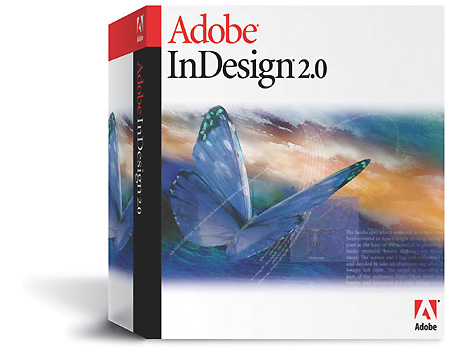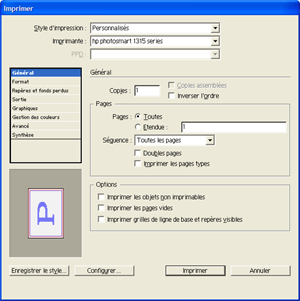
 |

|
| ActiveWin: Reviews | Active Network | New Reviews | Old Reviews | Interviews |Mailing List | Forums |
|
|
|
|
|
DirectX |
|
ActiveMac |
|
Downloads |
|
Forums |
|
Interviews |
|
News |
|
MS Games & Hardware |
|
Reviews |
|
Support Center |
|
Windows 2000 |
|
Windows Me |
|
Windows Server 2003 |
|
Windows Vista |
|
Windows XP |
|
|
|
|
|
|
|
News Centers |
|
Windows/Microsoft |
|
DVD |
|
Apple/Mac |
|
Xbox |
|
News Search |
|
|
|
|
|
|
|
ActiveXBox |
|
Xbox News |
|
Box Shots |
|
Inside The Xbox |
|
Released Titles |
|
Announced Titles |
|
Screenshots/Videos |
|
History Of The Xbox |
|
Links |
|
Forum |
|
FAQ |
|
|
|
|
|
|
|
Windows XP |
|
Introduction |
|
System Requirements |
|
Home Features |
|
Pro Features |
|
Upgrade Checklists |
|
History |
|
FAQ |
|
Links |
|
TopTechTips |
|
|
|
|
|
|
|
FAQ's |
|
Windows Vista |
|
Windows 98/98 SE |
|
Windows 2000 |
|
Windows Me |
|
Windows Server 2002 |
|
Windows "Whistler" XP |
|
Windows CE |
|
Internet Explorer 6 |
|
Internet Explorer 5 |
|
Xbox |
|
Xbox 360 |
|
DirectX |
|
DVD's |
|
|
|
|
|
|
|
TopTechTips |
|
Registry Tips |
|
Windows 95/98 |
|
Windows 2000 |
|
Internet Explorer 5 |
|
Program Tips |
|
Easter Eggs |
|
Hardware |
|
DVD |
|
|
|
|
|
|
|
ActiveDVD |
|
DVD News |
|
DVD Forum |
|
Glossary |
|
Tips |
|
Articles |
|
Reviews |
|
News Archive |
|
Links |
|
Drivers |
|
|
|
|
|
|
|
Latest Reviews |
|
Xbox/Games |
|
Fallout 3 |
|
|
|
Applications |
|
Windows Server 2008 R2 |
|
Windows 7 |
|
|
|
Hardware |
|
iPod Touch 32GB |
|
|
|
|
|
|
|
Latest Interviews |
|
Steve Ballmer |
|
Jim Allchin |
|
|
|
|
|
|
|
Site News/Info |
|
About This Site |
|
Affiliates |
|
Contact Us |
|
Default Home Page |
|
Link To Us |
|
Links |
|
News Archive |
|
Site Search |
|
Awards |
|
|
|
|
|
|
|
Credits |

|
Product: InDesign 2.0 |
More New Professional Features
| Table Of Contents |
| 1:
Introduction 2: Features 3: Advanced Features 4: Conclusion |
Inserting an image in an InDesign
A new overprint preview option lets you preview on-screen the overprint, blending, and transparency settings that you’ve manually applied to objects as well as the effects of aliasing inks.
Working
with long documents wasn’t very easy with the first InDesign versions.
InDesign

Adobe InDesign 2.0 Book
Palette
When
working with long documents like books or magazines, InDesign
Another
new feature aimed to professional printer is the indexing controls. InDesign

Adobe InDesign 2.0 Indexing
Controls (click to enlarge)
The hyphenation module has been enhanced to offer a new hyphenation penalty slider that enables you to interactively make tradeoffs between spacing and hyphenation and preview the results on screen.
InDesign
Printing
As
beautiful as your artwork can be, it is nothing if you’re having trouble
with the printing process. Which is, and my experience is speaking,
extremely frequent. One of the priorities of Adobe’s development team was to
refine the printing process so users can experience a peaceful printing. The
result is the fact InDesign
The
printing interface has been totally revamped to be more intuitive: the
interface provides clearer feedback about what print settings are enabled
and how they interact between each other. You can now specify all print
settings throughout the printing dialog box like page sizes, custom page
sizes, font downloading, PostScript level and image data format. The print
dialog box now provides an effective visual feedback through a thumbnail
preview to make sure your output will correspond to what you desire. That
way you can check out the margins, the paper size in relation to the
printable area and the way how the page relates to the media size, etc.
Finally InDesign

Adobe InDesign 2.0 Printing
Dialog Box (click to enlarge)
That’s
not all. InDesign
Performance
When you compare InDesign
However
one major drawback of InDesign
| « Features | Conclusion » |
